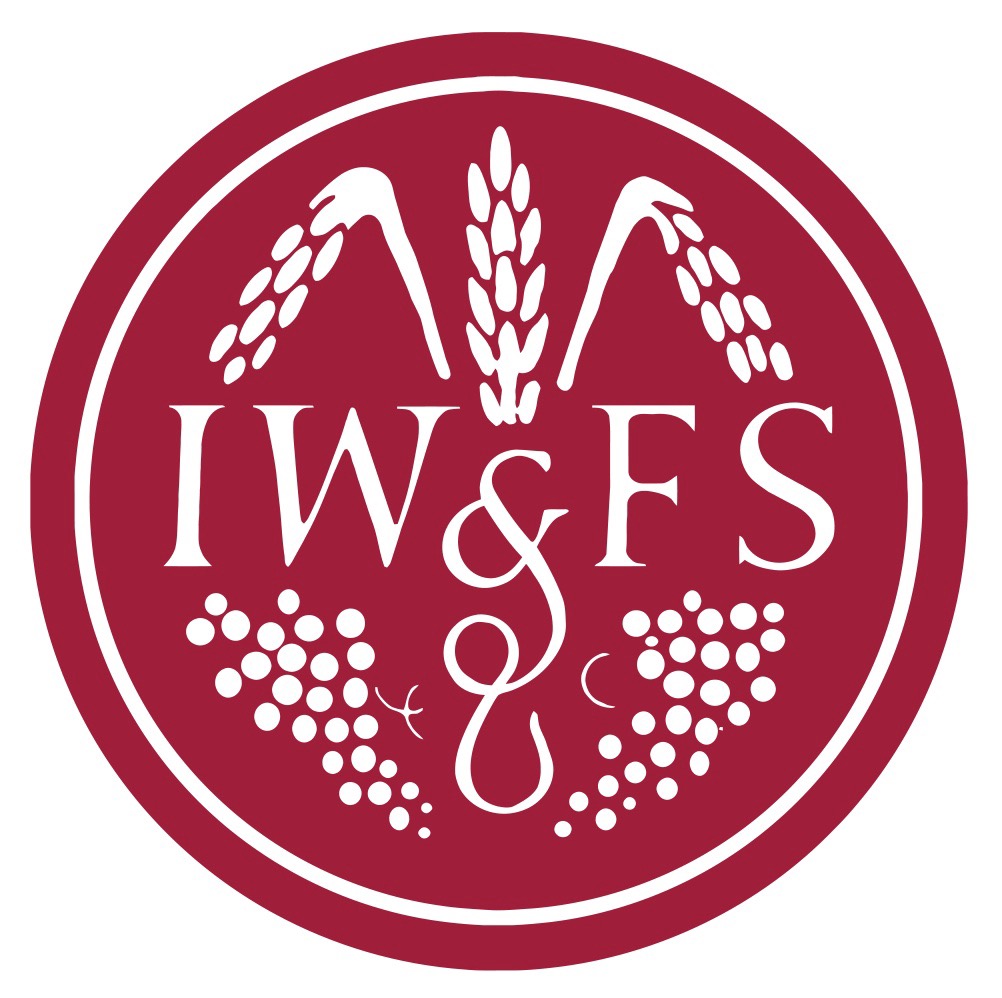Rating wine by quality.
- Writer Rod Phillips
- Illustrator Lehel Kovacs

The pleasure wine gives varies according to circumstances and mood, but many drinkers look for objective ratings when buying it. Reviewers all over the world rate wines out of 100 points, and many bottles carry stickers showing they scored 88, 90, or 93 points. But the 100-point system is not the only way wines are rated. Wine media in Britain often use a 20-point system; some critics use five stars, also common for grading hotels, restaurants, and movies; the influential Gambero Rosso guide gives Italian wines one, two, or three glasses; and new rankings arise all the time: on Twitter, @ShibaSommelierawards scores out of five bones.
These and other numeric systems all have their supporters, but the 100-point scale, devised by the American wine critic Robert Parker in the 1970s, has established a dominance in the world of wine scoring. Yet it did not take the wine world by storm when first introduced. The eminent English wine writer Hugh Johnson recalls that when his publisher first showed him a wine score in a review, he asked, “What does that mean?” His publisher replied, “That’s a score.” When he asked his publisher what that meant, the latter said that when Parker scored a wine, it was like passing a school exam “or something.” Johnson responded, “Well, it doesn’t make sense to me.”
Before Parker started scoring wines numerically, reviewers described them in terms of their style or personality, with none of the references to fruit, flowers, spices, and stones that are strung together in descriptions of wines today. Parker wanted more precision. Not only did he score wines out of 100, but he began to attribute very precise fruit, spice, and other flavours to wine: apple, but not just apple—red delicious or golden delicious apple; and lemon, but not just lemon—Meyer lemon or lemon zest. The 100-point system was integral to Parker’s project: standardized descriptions all reviewers could adopt and drinkers could understand, and a scoring system that was precise and more flexible than 20-point or five-point systems.
But many wine professionals question the very act of scoring a wine. Most probably agree that a score of any kind is a blunt instrument that compresses all the complexity of a wine into a single number. And the pleasure wine gives varies according to circumstances and mood. A three-euro carafe of local wine, sipped with your lover in a Greek taverna overlooking the Aegean Sea as the sun sets, can easily taste like a 100-point wine. But the job of the reviewer is to assess and rate any wine as if it were being drunk in neutral conditions (the conditions in which hardly any wine is consumed).
Parker has acknowledged that scores have limitations: they “do not reveal the important facts about a wine. The written commentary (tasting note) that accompanies the ratings is a better source of information regarding the wine’s style and personality, its relative quality vis-à-vis its peers.” The fact is that once the 100-point genie was out of the bottle—or attached to the wine bottle, in this case—it took on a life of its own. Producers and retailers promote wines by the scores they have been awarded (especially those over 90 points), and it seems many consumers select wines based on points. An often-cited cartoon shows a customer at a tasting bar telling a retailer, “I don’t like this wine.” The retailer responds, “Robert Parker gave it 95 points,” to which the customer says, “I’ll take a case.”
Beyond objections to scoring wine, the mechanics are problematic. A notable feature of the 100-point system is that in practice, only a few of the points are ever used. Good-to-very-good wines are generally scored in the 85–89 range, and wines judged excellent lie in the 90–95 range, with very few rated higher or lower. This was not what Parker intended. For him, an average wine should be scored between 70 and 79, an above-average to very good wine should lie between 80 and 89 points, an outstanding wine should be rated 90–95, and a wine scored above 95 should be extraordinary. That wine scores lower than 85 almost never appear in reviews suggests only well-above-average wines are reviewed or that wines, like many university students, have benefitted from grade inflation.
With all this, there remains a fundamental question: what is an average wine? Parker defines it as “a wine with little distinction except that it is soundly made. In essence, a straightforward, innocuous wine.” He muddies the waters by using the word “average”; he might better describe it as ordinary. Another oddity is that the points are never expressed as percentages, even though that is implied. A 100-point wine might be considered perfect and so 100 per cent, but is a 90-point wine therefore 90 per cent of perfection? In this sense, the 100-point scale is counterintuitive to anyone who has had school, college, or university work graded as a percentage. The bottom of the scale widely used for good wines is 85 points, but 86% is an A in many educational institutions.
Despite the problems with the 100-point scale, it is entrenched in today’s wine culture, and it is hard to imagine it disappearing soon. One of the complaints about the system is that it ignores subjectivity in tasting and tends to penalize offbeat wines. The rise of natural wines and styles such as skin-contact and orange wines, the growing popularity of little-known grape varieties with particular styles, and the promotion of particular growing conditions (such as volcanoes)—all these trends undermine the notion of an “average” wine that is inherent to the 100-point system. Time will show how many wine writers are brave enough to return to exclusively descriptive reviews of wines and abandon the numeric systems that overshadow their individuality.
